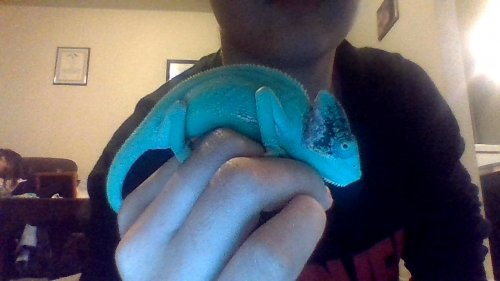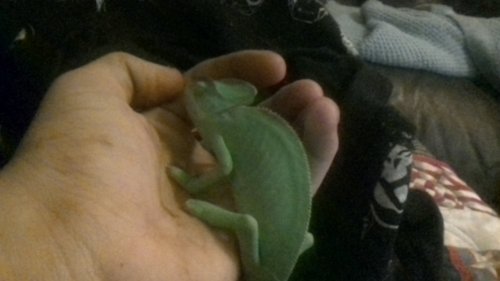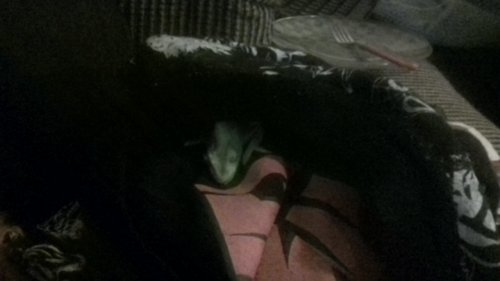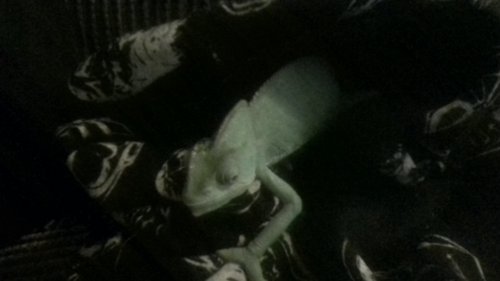Andy_Brannon
New Member
Lately my young male veiled chameleon has been turning almost white after I come back from the store (like 1-2 hours). Is it because I leave the basking light and UVB light on? I live in Cali and it's been particularly cold and I mist him and give him a couple of crickets before I go. I also have another problem when I got my chameleon the side of his face was speckled with black and it's been getting worse. Is that bad?
This is what the side of his looks like.

This is what the side of his looks like.





